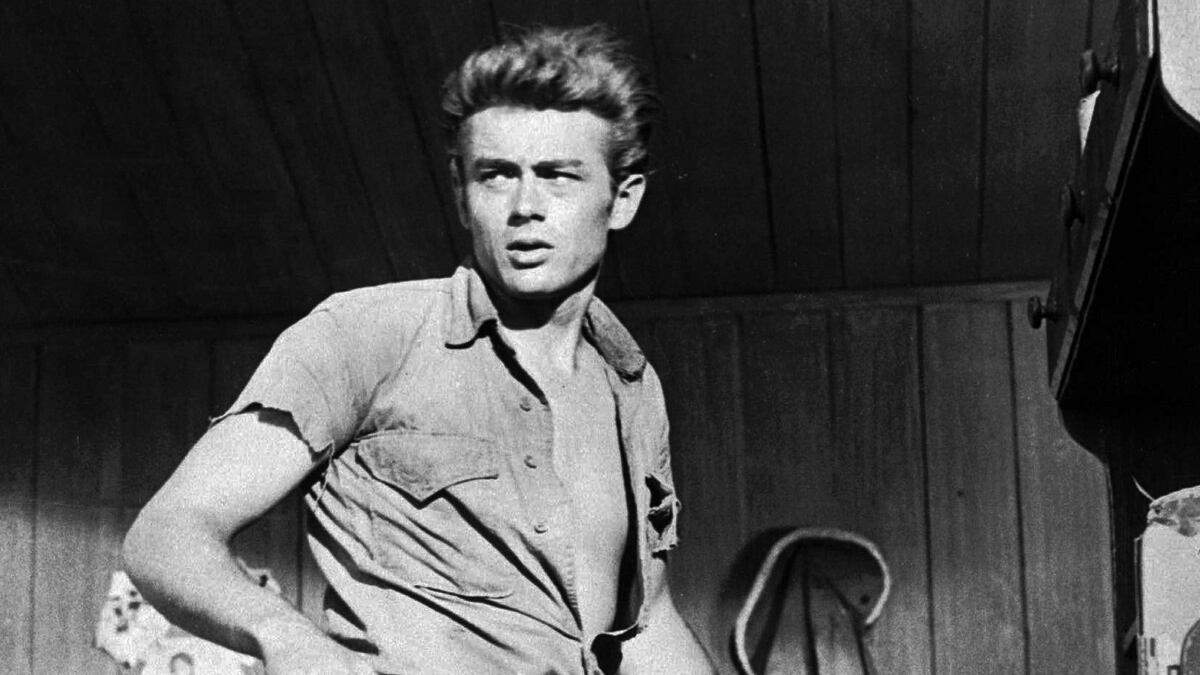The Catcher in the Rye turns 60 this month. That puts Holden Caulfield in his mid-70s, near the end of his natural lifespan, but in many ways he continues to dominate American culture as he did in the 20th century. He is the White Outsider—a Caucasian kid who despite his advantages feels misunderstood—and he has been everywhere from 1951 on, in Rebel Without a Cause, Spider-Man, Ferris Bueller's Day Off, Nirvana, and Wes Anderson, to name a few. He is still the fountainhead of young-adult literature. He is still a handle for anyone wishing to comment on white privilege. He still pops up in press on everyone from Woody Allen to Osama bin Laden. Demographically, though, he has become an endangered species.
The population shift to the South and West that dominated last year's U.S. Census coverage hid a profound truth: In 12 years, when today's bouncing babies are ready for Holden, more than half of American children will be non-white. The long-predicted shift of America from a majority-white nation to a majority-minority nation will not happen in the general populace for decades (because older whites are living so long), but among the youth it is already taking place. Teachers and writers who venerate Catcher have to ask themselves: How relevant is Holden in a world where he is an actual minority?
Answering this question requires a dip into “post-racial” America that gets uncomfortable. Writer Marc Bernardin took steps last year, when he used Columbia Pictures' forthcoming The Amazing Spider-Man to point out, “The last thing Spider-Man should be is another white guy.” “In no way is Peter Parker defined by his whiteness in the same way that too many black characters are defined by their blackness,” Bernardin argued. In the wake of his popular post, African-American geek icon Donald Glover launched a campaign to get himself cast as Peter Parker. For a moment it seemed that we might actually get a black Spider-Man… until Columbia went with Andrew Garfield.
ADVERTISEMENT

The fact is, Peter Parker is defined by his whiteness. He falls into the Holden Caulfield idiom, and you cannot be a White Outsider without being white. Holden's key characteristic is that despite his racial and economic advantages, he feels disconnected from and persecuted by his peer group. Change his race and his ostracizing peers become racist instead of just “phony.” His universal appeal—as a person who should be happy but feels empty—becomes something more specific: He is now a victim of discrimination. And white viewers do not really want to tackle issues that they thought were settled in 2008 when they pay to see a Holden clone fight some bad guys.
At least that is what Columbia is banking on. The performance of The Amazing Spider-Man will go a long way toward showing how much the White Outsider still appeals to a mass audience. In the meantime, his track record has not been great. In young-adult literature, women have kicked him aside, with Twilight and The Hunger Games setting the tone. (A writer I know was recently told to forget about selling a YA manuscript unless its male protagonist were made female.) In film, he is now something of a fringe player, with Submarine, The Art of Getting By, and Terri taking modest bows this summer while last year's unexpected smash The Karate Kid spawns a sequel.
Perhaps the way to modernize the White Outsider is to give his problems to non-white heroes. This is what Bernardin and Donald Glover were trying to do—and what The Karate Kid did brilliantly by adding China to the equation. In YA lit, non-white teens still tend to fight racism and violence more than cliques and phonies.
But simply transferring problems of privilege to the underprivileged can come off as fake―or can be fake, as in How Opal Mehta Got Kissed, Got Wild, and Got a Life, the young-adult novel from 2006 that gave White Outsider problems to a Indian-American teen but was withdrawn by the publisher after passages were shown to be plagiarized. A true teen hero for the 21st century may look more like Tyrell from Coe Booth's young-adult novel of the same name: a “minority” (not for long!) kid who faces existential doubt and relationship issues as well as racism and homelessness.
As for the coming minority represented by dying Holden, whose popularity among teens has waned in recent years, the prize is out there. The first writer who accurately describes what it is like to be the only white boy in the room in 21st-Century America can redefine the White Outsider and make him relevant again.






